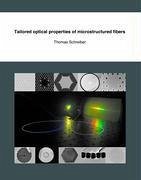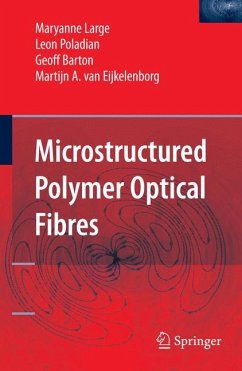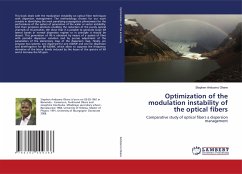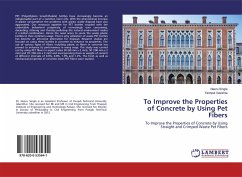This thesis discusses the fundamental optical properties of microstructured fibers. In particular, given here is an analysis of the effective nonlinearity, the extended dispersion profile, and the polarisation control. Also investigated are the implications on pulse propagation. Studied here in great detail are the enhancement of nonlinear effects and the tailoring of the dispersion in highly nonlinear fibers. It is shown how these properties effect the propagation of short optical pulses. Numerical simulations and experimental investigations identify the underlying effects of soliton formation and dispersive cross-phase modulation. Furthermore, the reduced effective nonlinearity is analysed in photonic bandgap fibers as well as solid-core single-mode large-mode-area (LMA) fibers. As a result, the freedom in the design of microstructured fibers can be used to reduce nonlinear effects by three orders of magnitude. Specifically, the advantages of these LMA fibers have been transferred to double-clad Yb-doped microstructured fibers, which serve as a gain medium for lasers and amplifiers. The last topic concerns polarisation control in microstructured fibers with reduced nonlinearity. The herein developed polarising fiber design applied to laser and amplifier systems shows superior performance compared to conventional step index fibers.








